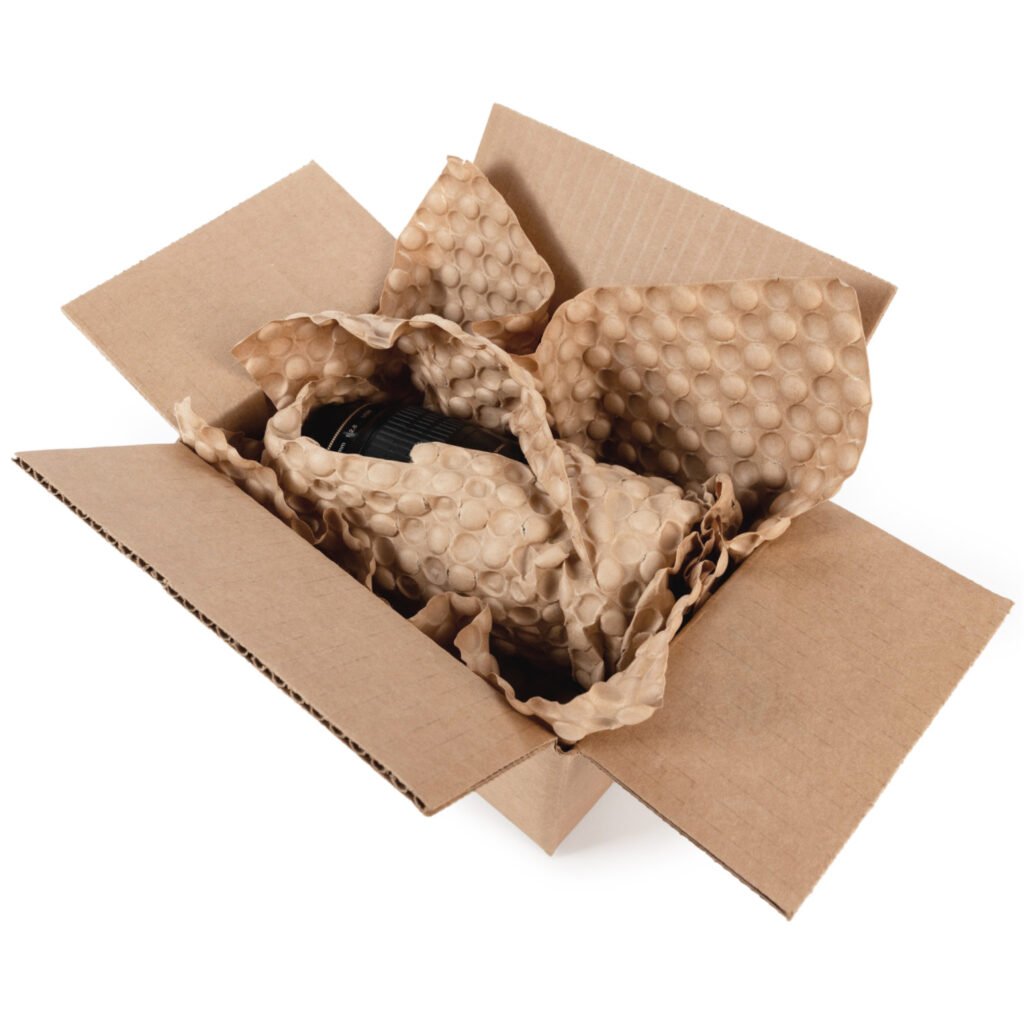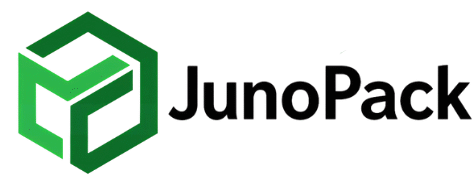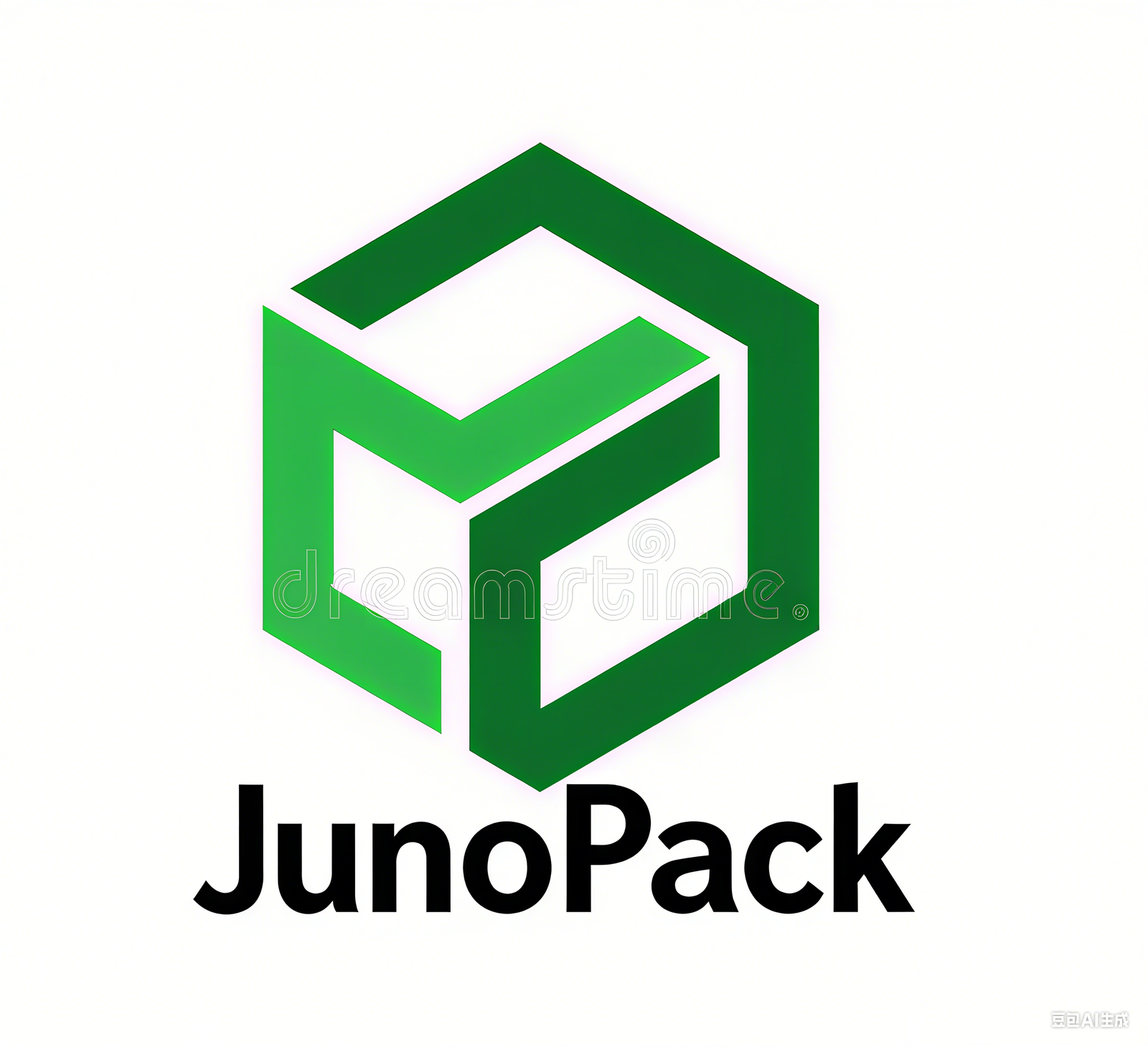Email : info@jonopackpro.com
Global Trends in Green Packaging: What B2B Buyers Should Know
Keywords: green packaging, sustainable packaging trends, eco friendly materials, recyclable packaging, packaging innovation, B2B sourcing.

The packaging industry is undergoing a profound transformation driven by sustainability, regulation, and consumer behavior. What began as a niche movement has now evolved into a global industrial shift, with manufacturers and distributors rethinking every step of the packaging supply chain.
1. The Regulatory Push Toward Sustainability
In major markets like the EU, UK, and North America, governments have introduced Extended Producer Responsibility (EPR) policies, plastic taxes, and bans on non-recyclable materials. These measures are accelerating the adoption of recyclable and biodegradable packaging solutions.
For B2B buyers, this means that sourcing from compliant manufacturers is not just a preference—it’s a necessity for maintaining market access and avoiding penalties.
2. Paper-Based Alternatives on the Rise
Paper packaging is enjoying a renaissance. From honeycomb paper wraps to tear strip shipping boxes, paper-based products now compete directly with plastics in durability and cost efficiency.
Manufacturers are refining production methods to enhance strength, moisture resistance, and sealing performance. Coatings made from water-based or compostable polymers allow paper packaging to serve even in moisture-sensitive applications.
3. Flexible Packaging Goes Sustainable
Flexible packaging remains essential due to its light weight and barrier performance. However, innovation is shifting toward mono-material structures—particularly polyethylene (PE) and polypropylene (PP)—that are recyclable within existing waste streams.
Biodegradable films such as PLA and PBAT are also being integrated into short-life-cycle packaging for food delivery and e-commerce sectors, minimizing landfill waste.
4. Circular Economy Manufacturing
Manufacturers are increasingly designing packaging for recyclability from the start. This “design for circularity” mindset ensures that materials re-enter the supply chain after use.
Investments in recycled resin production, paper pulp recovery, and closed-loop processing are transforming packaging plants into sustainable production hubs.
5. Brand and Consumer Alignment
Modern consumers prefer brands that demonstrate environmental awareness. For B2B buyers, aligning their supply chain with green packaging solutions becomes a strategic advantage. Retailers and marketplaces often favor suppliers using eco-certified materials.
Conclusion
Green packaging is no longer an emerging trend—it’s the new industry baseline. For manufacturers, it represents innovation and responsibility. For B2B buyers, it’s a competitive differentiator. The future belongs to companies that integrate sustainability into every package they deliver.

